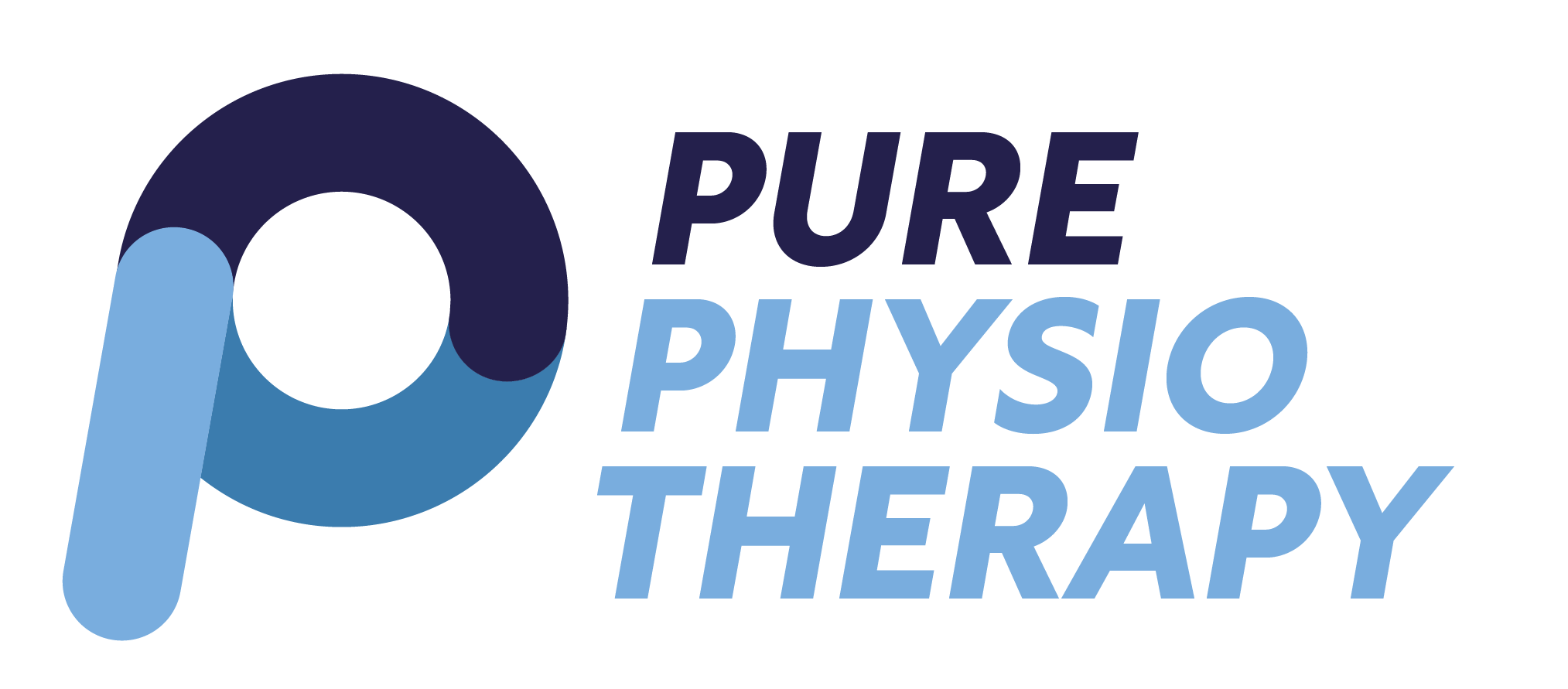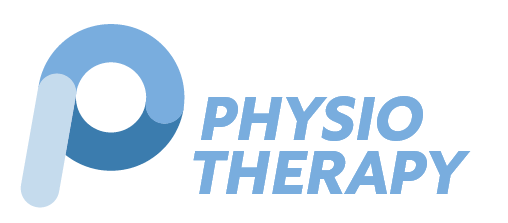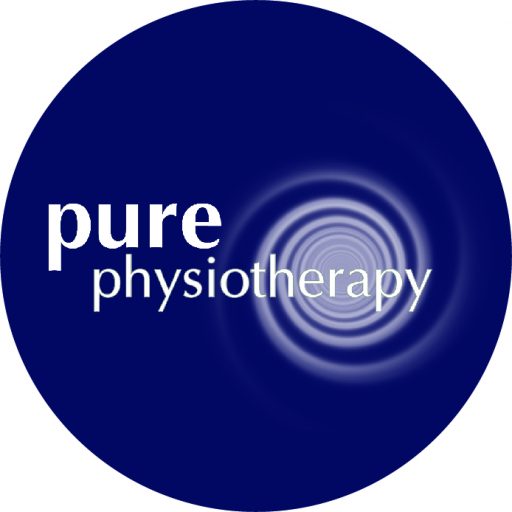The nucleus pulposus of the lumbar spine disc is usually contained by the annulus fibrosus. However, if the nucleus herniates, the nucleus pulposus can compress or irritate any adjacent nerve root, causing symptoms of leg pain or sciatica. A herniated lumbar disc is most common in those aged below 40 years. Disc herniations of the lumbar spine are more common than those of the cervical spine (neck) whereas disc herniations within the mid-back (thoracic spine) are rare.
The term sciatica is used for the pain, tingling and numbness that arise due to nerve root irritation in the low back. About 90% of cases of sciatica are caused by a herniated intervertebral disc. This most commonly occurs at the L5/S1 level where the fifth lumbar vertebrae meets the sacrum (or tailbone).
What Can Cause a Lumbar Herniated Disc?
There is no hard and fast answer to this question. Lumbar disc herniation may occur after trauma, such as a heavy lifting injury or sports injury. However, it may also occur due to the normal, age-related changes to the outer walls of the disc itself, which could lead to more gradual onset of symptoms.
Symptoms
Symptoms of a herniated lumbar disc include (but are not limited too) the following:
- Pain in the leg, which can radiate down the front or back of the leg and below the knee.
- Back pain, although this may not be as bad as the leg pain.
- Numbness, tingling, or a feeling of weakness in the affected leg.
- Pain in the leg and / or low back with movement which may be eased by certain positions or postures.
Very rarely, these symptoms may be accompanied by other symptoms, such as difficulty passing urine, a loss of control of the bladder or bowel, numbness in the genitals or difficulty walking. If any of these symptoms are present, in addition to the back and/or leg pain, then you MUST attend your local A&E surgery immediately as this can be a sign of cauda equina syndrome – a rare condition but one which requires emergency treatment.
Treatment Options
There are several treatment options offered for a herniated lumbar disc. The physiotherapist at Pure Physiotherapy will advise you on treatments for herniated lumbar disc that are based on current, research supported evidence.
Exercise & Physiotherapy
It is very important that you continue to stay as active you can (within the limits of pain) to maintain strength and movement in the low back and legs. Stretching, strengthening and mobility exercises may be given to ease pain and improve function. Your Physiotherapist can advise you on the exercises for your pain. They can also give you advice on the level of pain to be expected or tolerated and how often the exercises would need to be performed. Manual therapy, a type of physiotherapy treatment in which the low back is mobilised with hands-on techniques, can help relieve pain and may lead to a better response to your exercise programme.
Medication
Your Physiotherapist or doctor may suggest that you supplement your exercises with pain relief or other appropriate medication. There may different types of pain relief recommended including oral painkillers (such as paracetamol or co codamol) anti-inflammatory medications (such as ibuprofen or naproxen) or neuropathics (such as amitriptyline or gabapentin). This may help you achieve better results with your exercises if pain can be managed with medication.
Advice & Education
The Physiotherapist at Pure will help guide you through the most appropriate treatment and management of your herniated lumbar disc. The Physiotherapist may help work out a specific plan to modify activities which you may be struggling with due to your pain. The Physiotherapist can also answer any questions you may have about your pain, such as what is causing the pain and the likely recovery time with your rehabilitation programme.
Surgery
If your pain does not improve with time, exercises, advice, and medications, then you may be referred to a specialist to consider other types of therapy. In some cases, patients may be offered an injection of an anti-inflammatory around the affected nerve root to relieve their symptoms. In very few cases, actual surgery may be required to remove the source of the nerve root compression or irritation.
Prognosis
Recent research has shown the prognosis for a herniated lumbar disc is favourable for most people. The herniated portion of an intervertebral disc causing pain tends to regress over time and 66% of people have at least partial resolution after six months. About 50% of people with acute pain from a herniated lumbar disc report some improvement within ten days and about 75% report some improvement after four weeks. However, up to 30% of people continue to have pain for one year or longer. Cases that persist for this long may need specialist opinion and/or management.
Ben Bradford MSc BSc (Hons) MCSP
Senior Physiotherapist
References
Cunha, C., Silva, A. J., Pereira, P., Vaz, R., Gonçalves, R. M., & Barbosa, M. A. (2018). The inflammatory response in the regression of lumbar disc herniation. Arthritis research & therapy, 20(1), 251.
Kapetanakis, S., Chaniotakis, C., Kazakos, C., & Papathanasiou, J. V. (2017). Cauda equina syndrome due to lumbar disc herniation: a review of literature. Folia Medica, 59(4), 377-386.
NICE Guidelines (2018) Low back pain and sciatica. CKE Knowledge Guides. Available online: https://cks.nice.org.uk/sciatica-lumbar-radiculopathy


